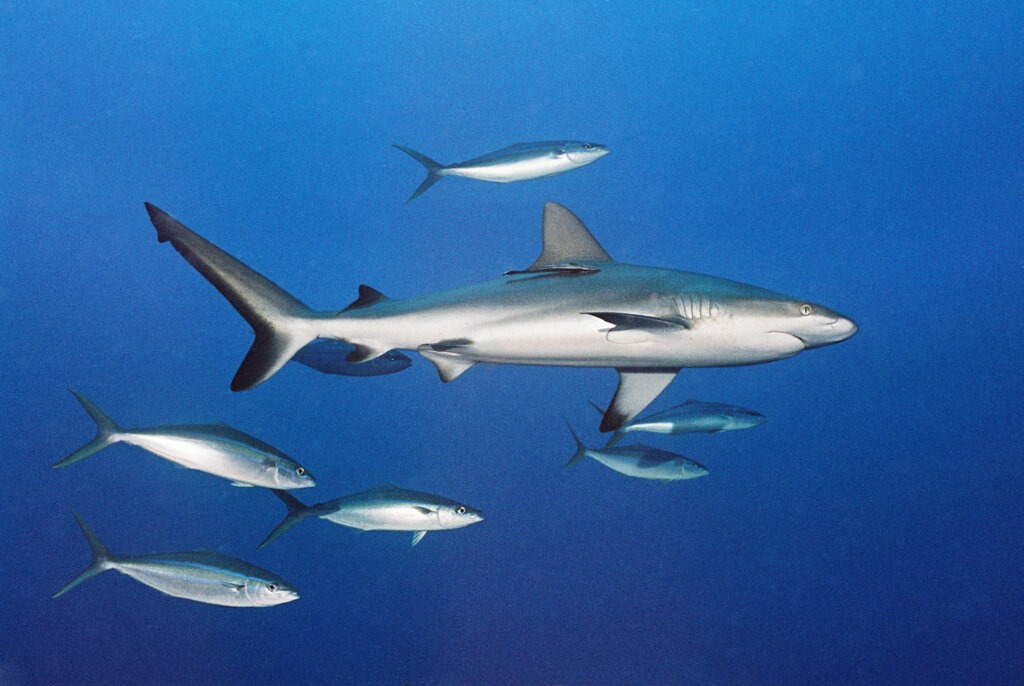Pacific Islands
The Secret Seclusion Of PALAU
Roderick Eime says that Palau’s relative obscurity is something the 20,000 inhabitants are quite happy to maintain. However the island nation enjoys a fascinating colonial history as well as a long indigenous past. Nauru Airlines has just commenced a new weekly service to this remote diver’s and adventurer’s paradise.
February 10, 2024
Pacific Island Living
February 10, 2024If you were to ask most people if they could put a pin on Palau on a map, few would get close, assuming they have even heard of the place.
But I reckon Palau enjoys its relative anonymity and secret seclusion. Its more than 300 islands are spread over some 450 square kilometres in the mid-Pacific half way between Papua and the Philippines. With a population of a mere 20,000 mainly native Christian Palauans, it can rightfully claim to be a tropical paradise in the middle of nowhere.

The bigger islands like the eight principal islands of Babelthuap (Babeldaob), Koror, Malakal, Arakabesan and Peleliu were first settled around 3000 years ago by early seafarers from the Philippines and Indonesia. Later, traders and explorers from Britain, Spain and the Netherlands made visits to the islands with the archipelago once known as “The Enchanted Islands”, although not necessarily because of its scenic beauty. You see, Spanish missionaries were prone to shipwrecks while attempting to spread God’s word. Make of that what you will.
In the 19th Century Palau was still part of the Spanish East Indies before being sold and becoming a part of the German Empire until WW1 when Germany lost all of its overseas territories. It then became a Japanese mandate and was later used by the Empire as a base to launch its invasion of the Philippines in 1942, sending US General Douglas Macarthur running.
The Japanese were defeated by US forces after a series of particularly vicious battles beginning in mid-September 1944. The controversial Battle of Peleliu cost thousands of lives on both sides and was featured in an episode of HBO’s landmark series, The Pacific, based on veterans’ firsthand accounts. Much rusting equipment and artefacts still remain on Peleliu as well as a memorial museum.
In a tragic twist of history, acclaimed Australian war cameraman, Damien Parer, was killed in action on Peleliu during the early stages of the invasion while filming for the US Marine Corps.
Following WWII, Palau came under US administration and now enjoys both political independence and a free association with the United States, bestowing numerous social and economical benefits on the tiny republic.
These days Palau’s claim to fame is in the sphere of environmental protection and is a popular ‘gold medal’
“We have done thousands of dives all around the world in some of the most pristine areas, but in few places have we seen what we have seen here in Palau”
– Dr. Enric Sala, Explorer-in-Residence, National Geographic
destination for scuba divers with rewarding drift dives, plentiful sharks, mantas, beautiful walls, colourful reef fish and numerous wrecks.
With such dive sites as Blue Corner, Peleliu Wall, German Channel, Chandelier Cave, Ulong Channel, Helmet Wreck and New Drop Off, Palau can rightfully claim its place among the best dive sites in the world.
According to PADI, Palau can be dived year-round but the best time is during the dry season from October to May. Water temperature is usually warm at a range of 27-30°C and a basic 3mm wetsuit or rash shirt will suffice at most times.
The US National Oceanic and Atmospheric Administration (NOAA) states that Palau’s underwater world is blessed with 300 species of soft corals, 1400 species of reef fishes, seven out of nine of the world’s species of giant clams as well as the world’s most isolated colony of dugongs and Micronesia’s only saltwater crocodiles.
In 2009, the then president of Palau, Johnson Toribiong, announced the creation of a shark sanctuary, the first such sanctuary on the planet. From March 2010, it forbids any form of commercial fishing of sharks. This step heralded the formation of other shark sanctuaries around the world, particularly in the Maldives, Honduras, Bahamas, and Tokelau.
Palau’s shark sanctuary covers roughly 600,000 square km, protecting 135 species of sharks and rays including many endangered or vulnerable species such as reef sharks, hammerhead sharks and manta rays. It is hoped the rest of world will follow Palau’s example and ban shark fishing completely. In 2014 Palau also declared an area the size of France as a ‘no-fishing zone’, creating the largest marine sanctuary in the world.
Palau also has the largest undisturbed forest in Micronesia and 70 unique marine lakes including the largest freshwater lake, called Jellyfish Lake.
Getting There
Commencing 30th November 2023, Nauru Airlines extends Island Hopper flight to Palau.
The weekly (Thursday) Nauru Airlines service offers adventure and island lovers a journey through the largely unexplored destinations of Tarawa, Majuro, and Pohnpei en route to the archipelago of Palau. A weekly return flight from Palau will operate on Saturdays.
Tickets to Palau are available now and travellers can book at www.nauruairlines.com, and can get travel tips, visa assistance, and hotel bookings from Nauru Airlines’ own travel consultants by calling 1300 726 822.
Sources
Palau Dive Adventures: www.palaudiveadventures.com
PADI: www.padi.com NOAA www.noaa.gov
For More Information
Contact: Palau Visitor Authority pristineparadisepalau.com
© 2024 Pacific Island Living Magazine all Rights Reserved
Website by Power Marketing